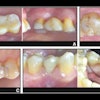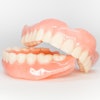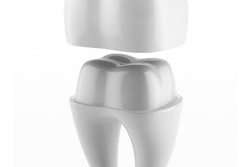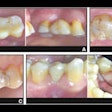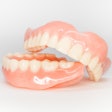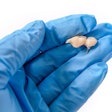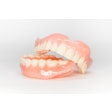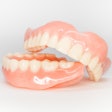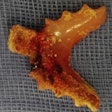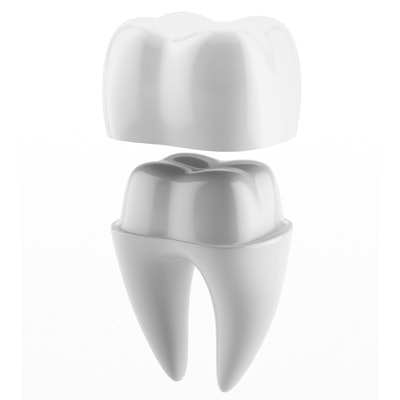
One concern when using CAD/CAM milled restorations for mandibular first molars is the potential loss of volume during preparation compared with conventionally fabricated restorations. But does this concern stand up to scrutiny? A new study put five types of restorations through their paces to find out.
Researchers found that conventionally fabricated and CAD/CAM restorations showed similar volume loss after preparation, potentially eliminating this concern. The study was published in the Journal of Prosthetic Dentistry (April 30, 2018).
"Clinicians may select CAD/CAM crowns for their patients without being concerned about the principle of tooth preparation [or] additional loss of tooth structure," wrote the study authors, led by Ramtin Sadid-Zadeh, DDS, an assistant professor in the department of restorative dentistry at the University at Buffalo School of Dental Medicine in New York.
Weighty matter
When using a complete coverage restoration, the goal is a mechanically sound, aesthetic restoration that both withstands occlusal forces and preserves tooth structure. The researchers conducted an in vitro study to compare the mean volume loss after preparing posterior monolithic CAD/CAM zirconia and lithium disilicate crowns with their conventionally fabricated counterparts. They also compared the amount of volume loss for metal-ceramic and ceramic crowns.
“Clinicians may select CAD/CAM crowns for their patients without being concerned about the principle of tooth preparation.”
The researchers weighed 50 artificial, mandibular right first molars (Kilgore International) before and after preparation for complete coverage restorations of the following restoration types:
- Complete cast (n = 10)
- Monolithic CAD/CAM zirconia (n = 10)
- Monolithic pressed lithium disilicate (n = 10)
- Monolithic CAD/CAM lithium disilicate (n = 10)
- Metal ceramic crowns (n = 10)
They prepared the teeth for fitting under dry conditions with a high-speed electric handpiece (S-Max M95, Brasseler USA) equipped with diamond rotary instruments.
The researchers calculated a tooth's mass loss by subtracting the mass after preparation from the mass before the preparation. The volume loss was calculated by dividing the mass by the density of the material.
The researchers noted that teeth prepared for monolithic CAD/CAM zirconia and lithium disilicate crowns did not exhibit a significantly lower (p > 0.01) decrease in volume loss than with complete cast and monolithic pressed lithium crowns (see table below).
| Mean tooth volume loss (in mm3) | |
| Crown | Volume loss |
| Complete cast crown | 255.6 mm3 |
| Monolithic CAD/CAM zirconia crown | 270.0 mm3 |
| Metal-ceramic crowns | 309.9 mm3 |
| Monolithic pressed lithium disilicate crown | 312.7 mm3 |
| Monolithic CAD/CAM lithium disilicate crown | 331.7 mm3 |
Conservative preparation
The authors acknowledged that this was an in vitro study. But subject to that limitation, they concluded that the fabrication method -- conventional or CAD/CAM -- had no significant effect on tooth loss volume.
"The results of this study suggest that preparation for a metal-ceramic crown may be as conservative as a preparation for a lithium disilicate crown," the study authors concluded.

